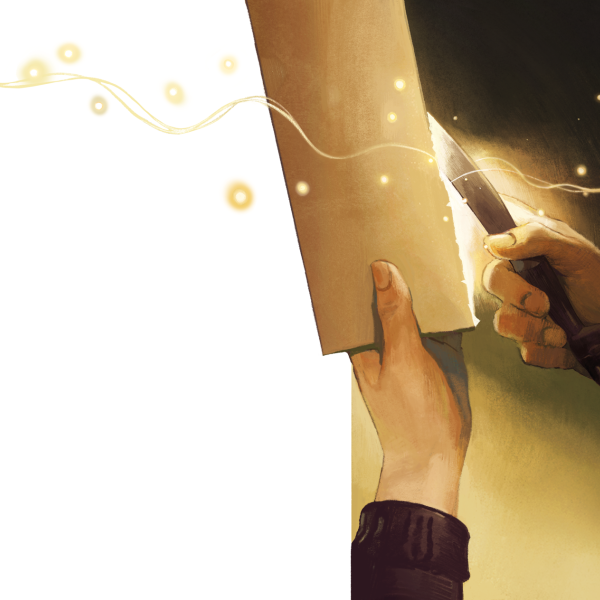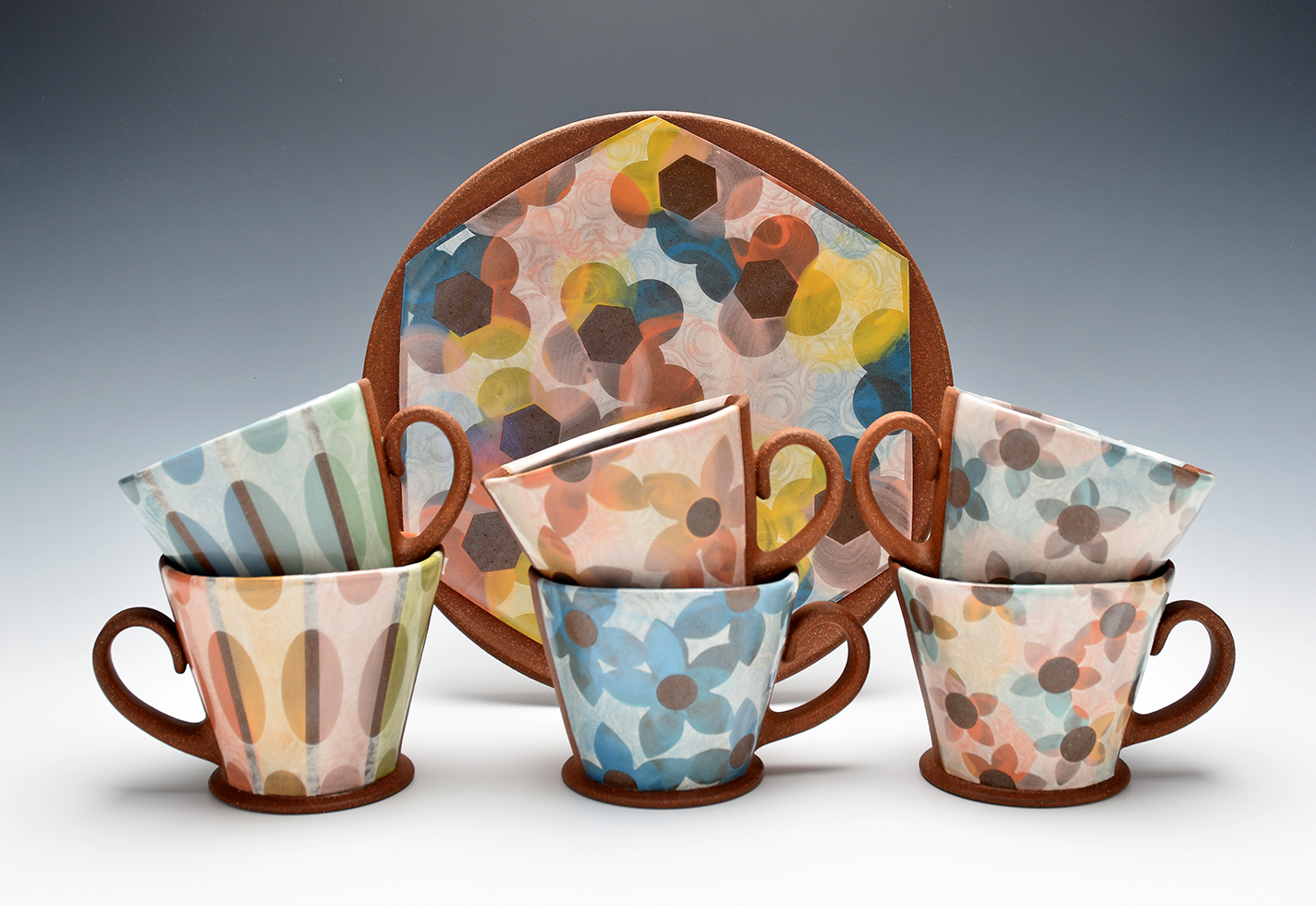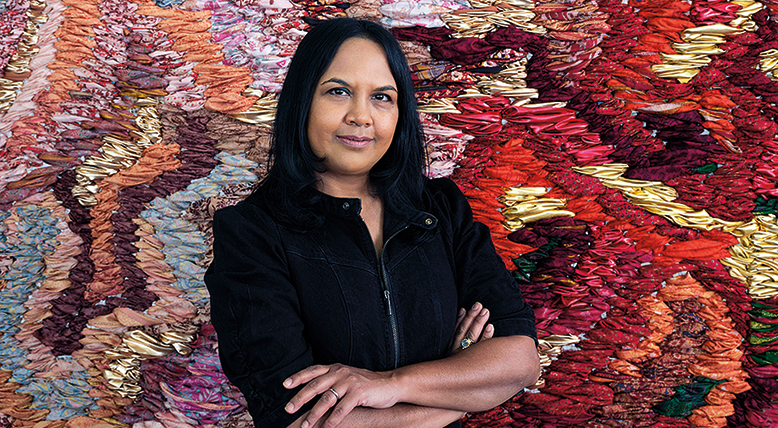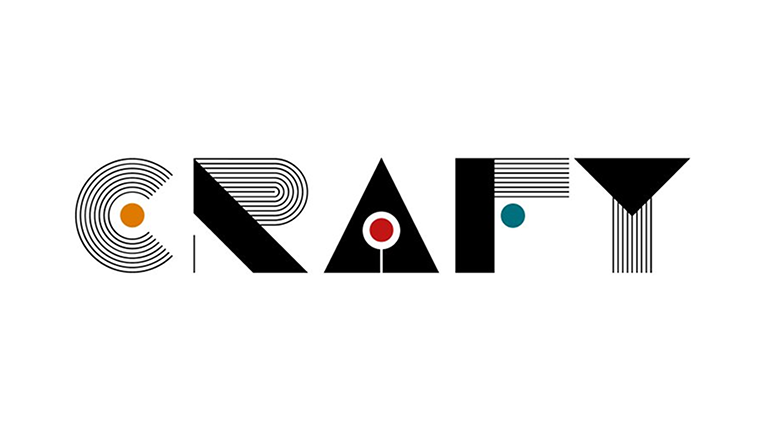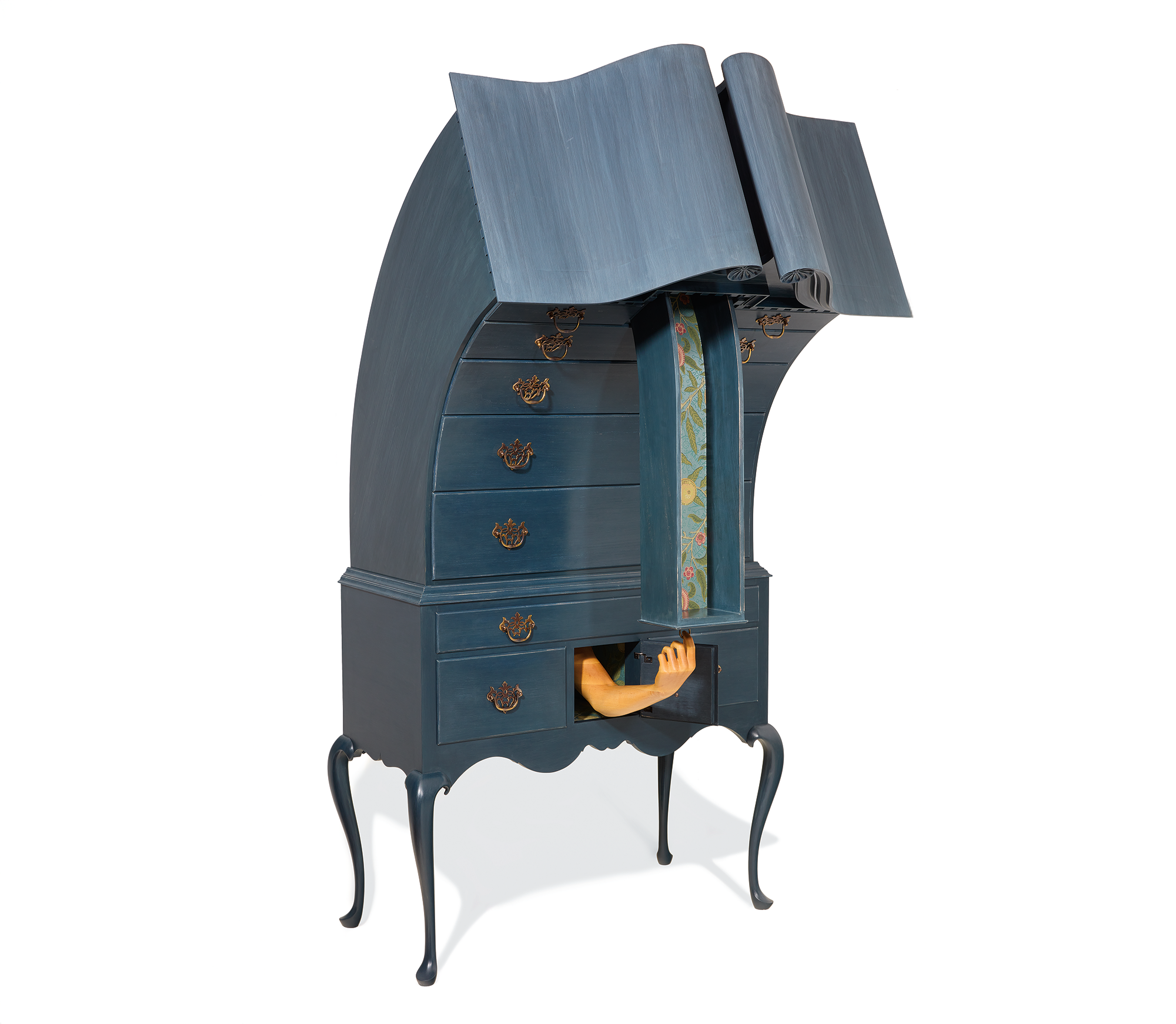People talk to their laptops, name their cars, invest meaning into such ordinary things as a particular baseball cap or coffee mug.
It is a fact of life that we have relationships with all sorts of inanimate objects. But the nature of such relationships varies. Our phones and laptops, appliances, cars, refrigerators—all of these may invite everything from devotion to despair, but most of these objects have a limited shelf life. Some are designed for obsolescence, while technological updates demand that we replace others. Not only are they replaceable, they are designed to be replaced; replacement is in their very nature. Add to that that we live in an age of acceleration, an era that values instant messaging, fast food, fast fashion, and immediacy at large in action and consequence.
How fortunate, then, that it is in the nature of handmade things to have a longer life cycle, one that allows for them to have a past, a present, a future. It is an extended time frame that also affords different, more enduring relationships, ones that are more evolving, dimensional, complex.
As Sherry Turkle notes in her book Evocative Objects, “We find it familiar to consider objects as useful or aesthetic, as necessities or vain indulgences. We are on less familiar ground when we consider objects as companions to our emotional lives or as provocations to thought. The notion of evocative objects brings together these two less familiar ideas, underscoring the inseparability of thought and feeling in our relationship to things. We think with the objects we love; we love the objects we think with.” Turkle’s exploration of evocative objects as centerpieces of human thought and feeling ranges from objects of design and play (a cello, for example, the size of a human body, that enables its player to “make the conscious connection between thought and touch”) to an heirloom family rolling pin that helps a woman mourn her grandmother’s death as she rolls out cookies with her own children.
As weird and as counterintuitive as it may sound, our relationships within the inanimate world can often offer us a template for ways to absorb experience, conveying and clarifying to us ideas about our own humanity. Another way to think about that is to imagine that our objects can inhabit us, just as we inhabit them. In the course of my own life, an ebony letter opener, a woven shawl, and a lacquer tray have been among the things that qualify both as companions to emotional life and as provocations to thought.
